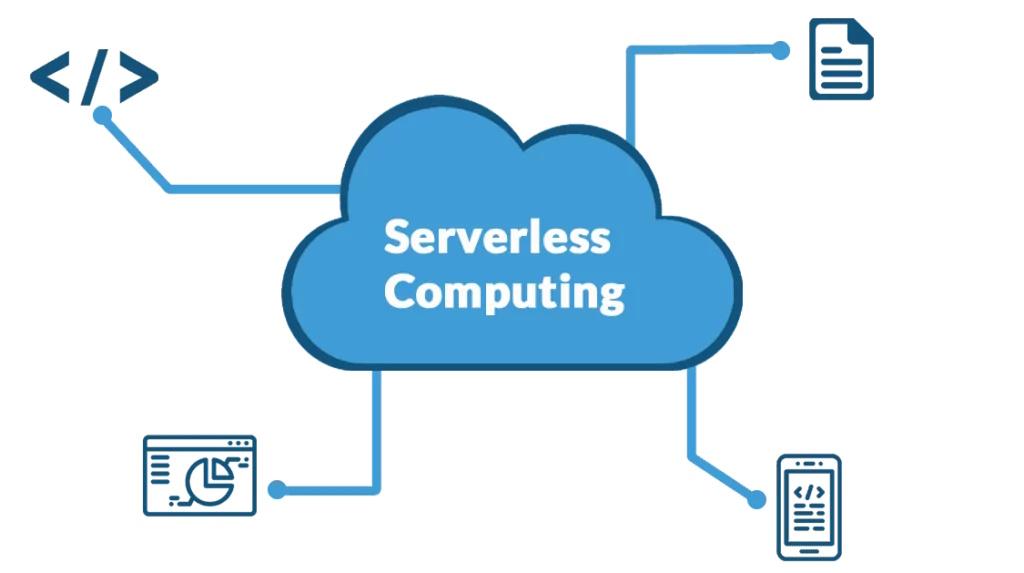Exploring Serverless Computing: Advantages and Disadvantages for Startups
Introduction to Serverless Computing
In today’s fast-paced tech landscape, serverless computing has emerged as a viable solution for startups looking to scale efficiently while minimizing operational burden. While the allure of a serverless architecture can entice many, it’s crucial to weigh both the advantages and disadvantages before making a transition.

What is Serverless Computing?
Serverless computing allows developers to build and run applications without managing servers. This paradigm shifts the focus from server management to writing code, leveraging cloud providers to handle backend infrastructure automatically. Popular examples include AWS Lambda, Google Cloud Functions, and Azure Functions.
Pros of Serverless Computing for Startups
1. Cost Efficiency
Startups often operate with tight budgets. Serverless computing can drastically reduce costs as you only pay for the execution time and resources used, eliminating expenses related to idle servers.
2. Scalability
Serverless architectures inherently offer auto-scaling capabilities. As user demand fluctuates, cloud providers automatically allocate resources, enabling startups to maintain performance without intricate scaling technologies.
3. Faster Time to Market
Developers can focus solely on code rather than server management. This speed can significantly shorten the development cycle, allowing startups to bring products to market more quickly.
4. Less Operational Overhead
By leveraging serverless computing, startups can reduce the need for extensive DevOps resources, allowing teams to concentrate on product development rather than infrastructure management. This can prove critical in the early stages of a startup.
5. Built-in Security Features
Many cloud providers integrate security features into their serverless offerings, helping startups to better protect their applications without needing a dedicated security team.
Cons of Serverless Computing for Startups
1. Cold Start Issues
Serverless functions can experience latency issues due to ‘cold starts’—the time it takes to spin up an instance when a function is invoked after being idle. This can impact user experience and performance.
2. Complex Debugging and Monitoring
Debugging serverless applications can be challenging due to their distributed nature. Traditional monitoring tools may not suffice, pushing startups to adopt new tools that can handle serverless environments effectively.
3. Vendor Lock-In
Utilizing a specific cloud provider’s serverless services can create dependencies. Migrating away from a vendor can become complex and costly, hindering flexibility for future infrastructure changes.
4. Limited Execution Time
Serverless functions come with execution time limits (e.g., AWS Lambda has a 15-minute maximum). Startups must architect their applications with these constraints in mind, which can complicate longer-running processes.
5. Potential Cost Surprises
While serverless computing can reduce costs, unexpected spikes in usage can lead to unexpectedly high bills. Startups need to monitor usage carefully to avoid financial overruns.
Conclusion: Is Serverless Computing Right for Your Startup?
For startups, serverless computing offers a compelling approach that provides several advantages, particularly in terms of cost, scalability, and speed. However, it’s essential to consider the potential drawbacks and evaluate whether they align with your business goals and tech strategy. Conducting thorough research and possibly testing serverless solutions in smaller projects can provide valuable insights and help you make an informed decision.
By understanding both the pros and cons, startups can leverage serverless computing to drive innovation and growth effectively while avoiding common pitfalls.